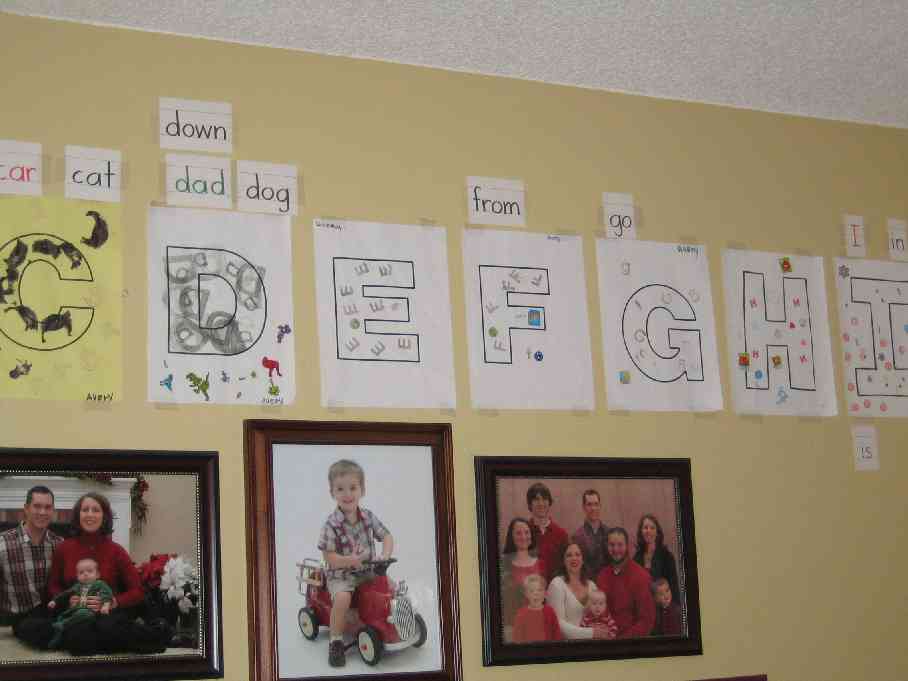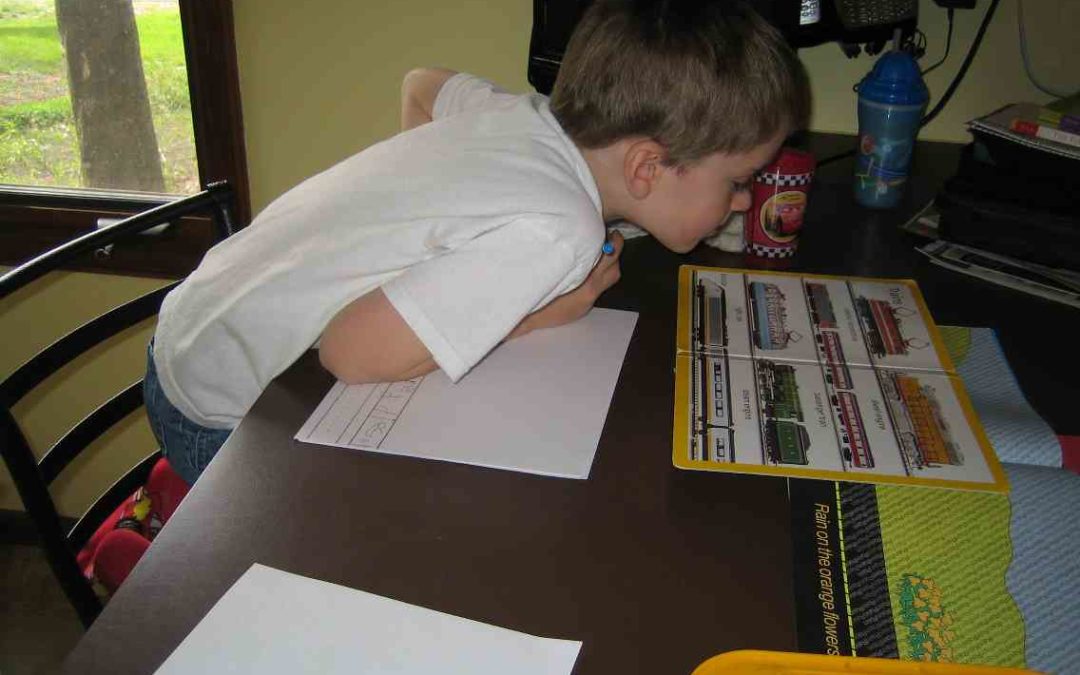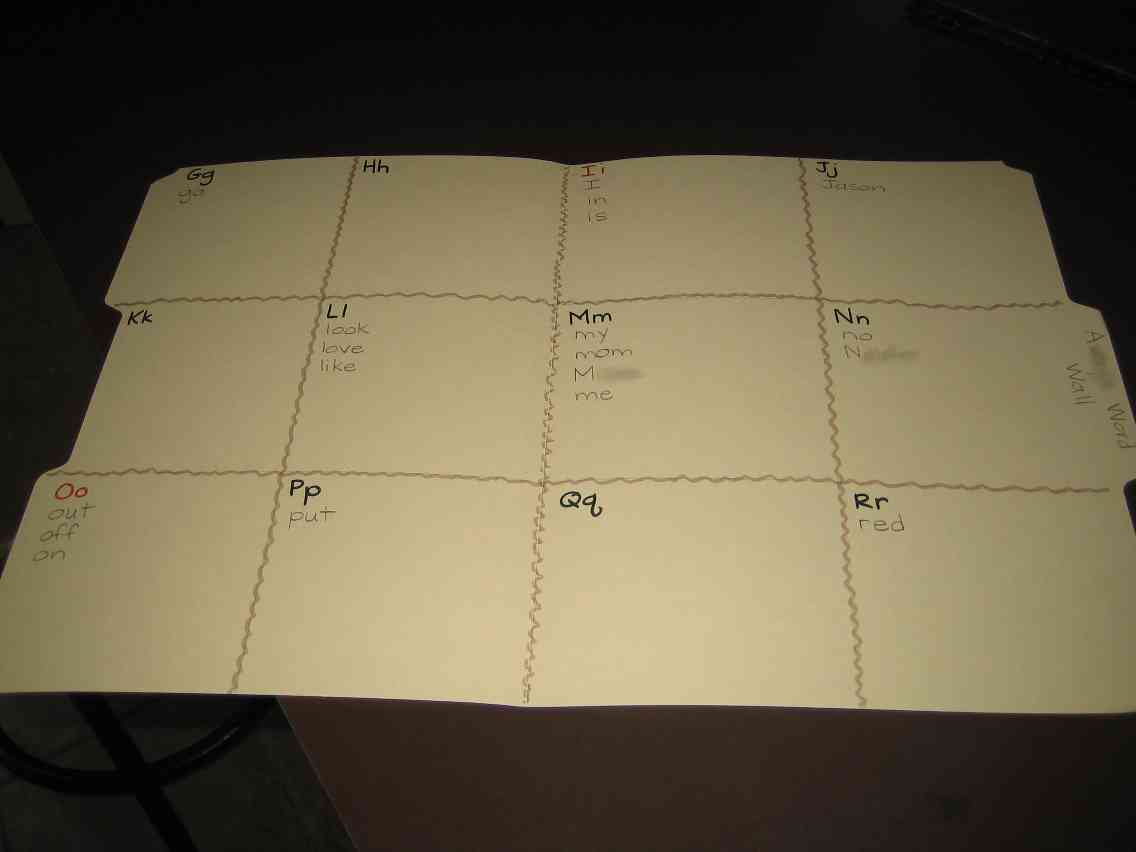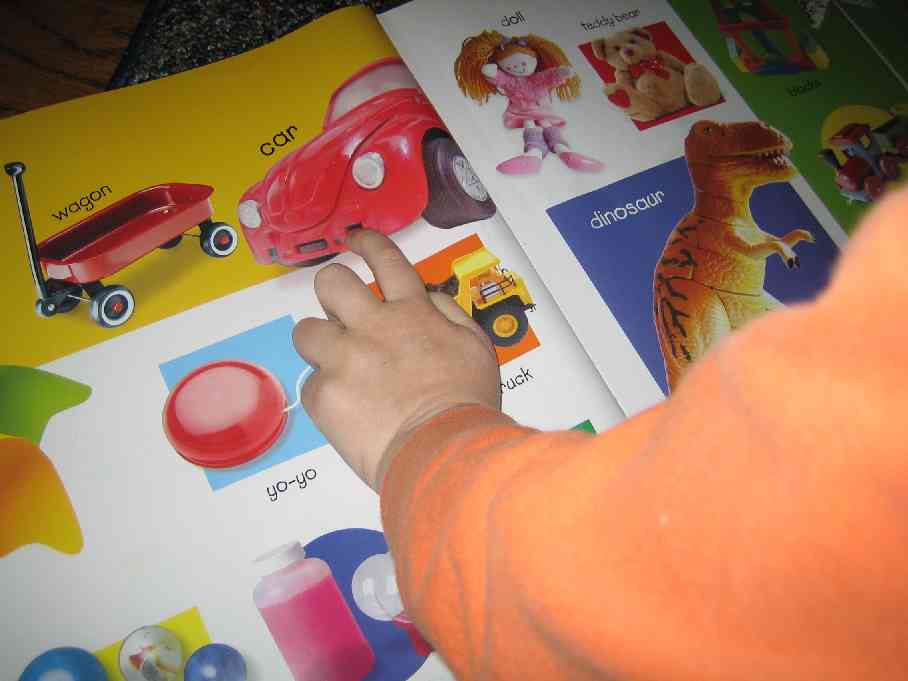By Becky Spence, author of www.thisreadingmomma.com
Becky is a teacher; turned stay-at-home mama (SAHM) of three little blessings. She is very passionate about literacy and loves to share the things they do at home as well as things she does as a reading tutor with other teachers and parents. Most teachers encourage you to keep your children reading and writing throughout this summer, so we thought this was a great time for Becky to share some of her tips with our readers! I hope today’s post gives you some great ideas. … Rachel Hoeing
It’s writing time! You set your darling down at the kitchen table to write while you prepare dinner. Then it begins. “Mom! How do you spell…?” Do you ever feel tied down…like you must sit and spell every unknown word to your young speller? I know sometimes I do. Here are a few spelling strategies and resources this reading mama has used with young spellers to help them spell more independently.
Note: These strategies need to be modeled by you one at a time (preferably not in the middle of cooking dinner) before your child will feel comfortable using them on her own.
1. Word Wall: Our Word Wall is mainly used for sight words (frequent words that are not always spelled phonetically) and important words to our family that we’ve studied together. You can see an example below.
More Portable Word Walls:
- use a science board
- use a manila folder (see below)–These are a great idea when you have multiple children with different words.
2. Meaningful Print: Label things around the house (believe it or not, my kitchen trash can is even labeled!) that are important to your child. These words can be rich resources for spelling. If your child likes to write, let her help you label things around the house. You can use index cards, card stock, or sentence strips (which I use).
3. Books: If he wants to write about monster trucks, get out a book about monster trucks. It may have many of the vocabulary words he will need.
For my young spellers, I have books with labels beside the pictures, which serve as great resources.
4. Children’s Dictionary: You can search online or in your local bookstore for one that best suits your child’s spelling stage. When I taught K-1, I had several copies of The Cat in the Hat Beginner Dictionaries. I found another printable dictionary/word wall on ProTeacher Community. Click here to download it: Dictionary for Students.
5. Allow “Invented Spelling”: This means that you let your child spell unknown words how they sound versus requiring all spelling to be conventional (or “correct”). For example, he may spell MOTRSIKL for motorcycle. There are several reasons why this reading mama likes invented spelling. Here are just a few. For the skeptics our there: very capable spellers, just like you, still use invented spelling sometimes! How did it look the last time you had to spell out the entire word miscellaneous?
- For younger spellers, say: “Can you s-t-r-e-t-c-h out that word and write down the sounds you hear?”
- For older spellers, say: “Can you think of a word similar to that word that might help you spell part of it?”
6. Circle misspelled words: Some of our sweet, little darlings really struggle with perfection and despite our attempts to help them, they still experience melt-down over misspelling a word. Encourage them to spell unknown words to the best of their knowledge, then lightly circle (in pencil) the words if they know they’ve misspelled them. Assure these spellers that you will revisit the text with them and help them spell the words conventionally. Doing this can help these children move past, instead of focusing so much energy on, the misspelled word.
So the next time you hear, “Mom! How do you spell…?”, try one of these strategies. You just may get around to cooking your gourmet meal of grilled cheese sandwiches after all!
Other related posts from Becky:


















